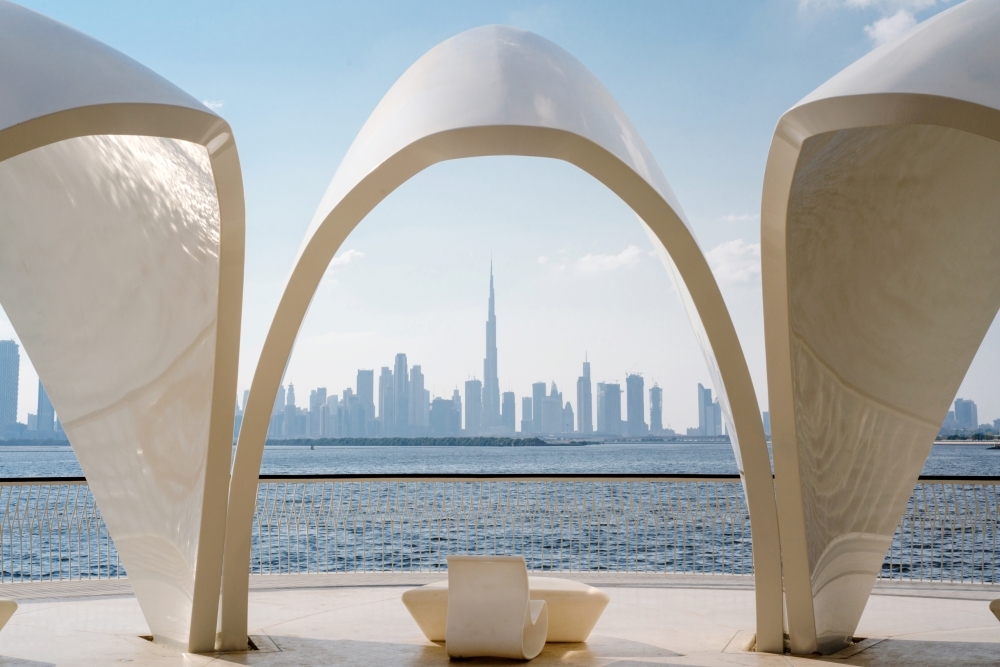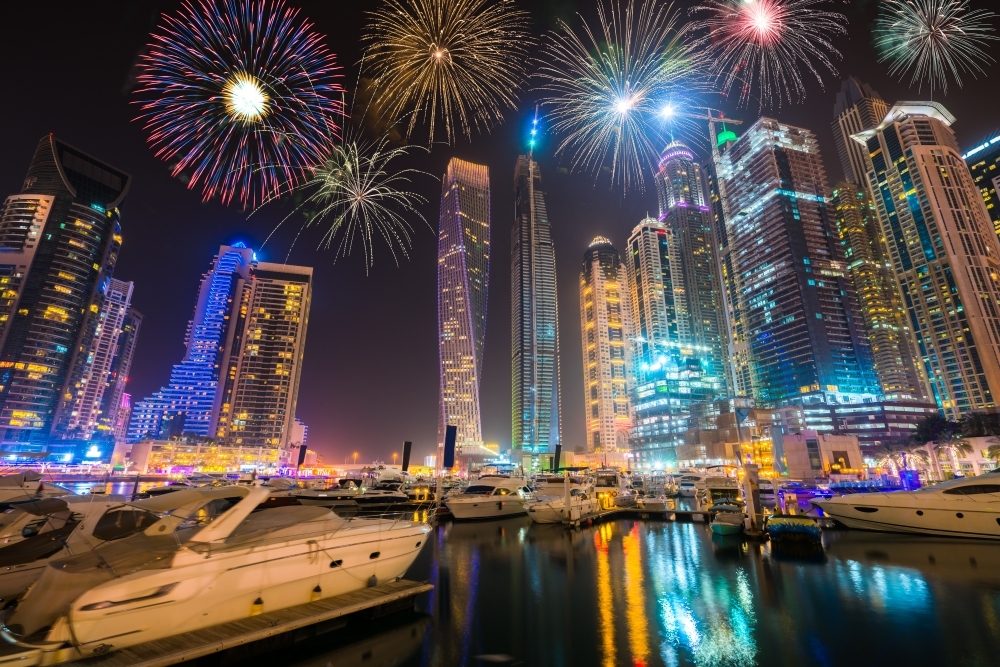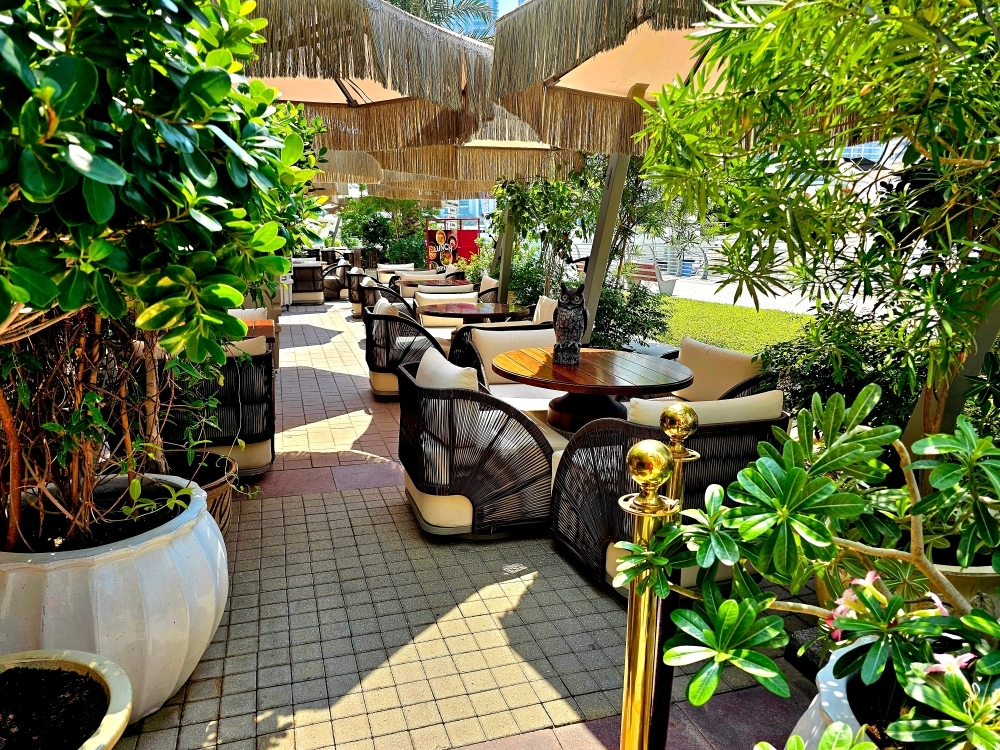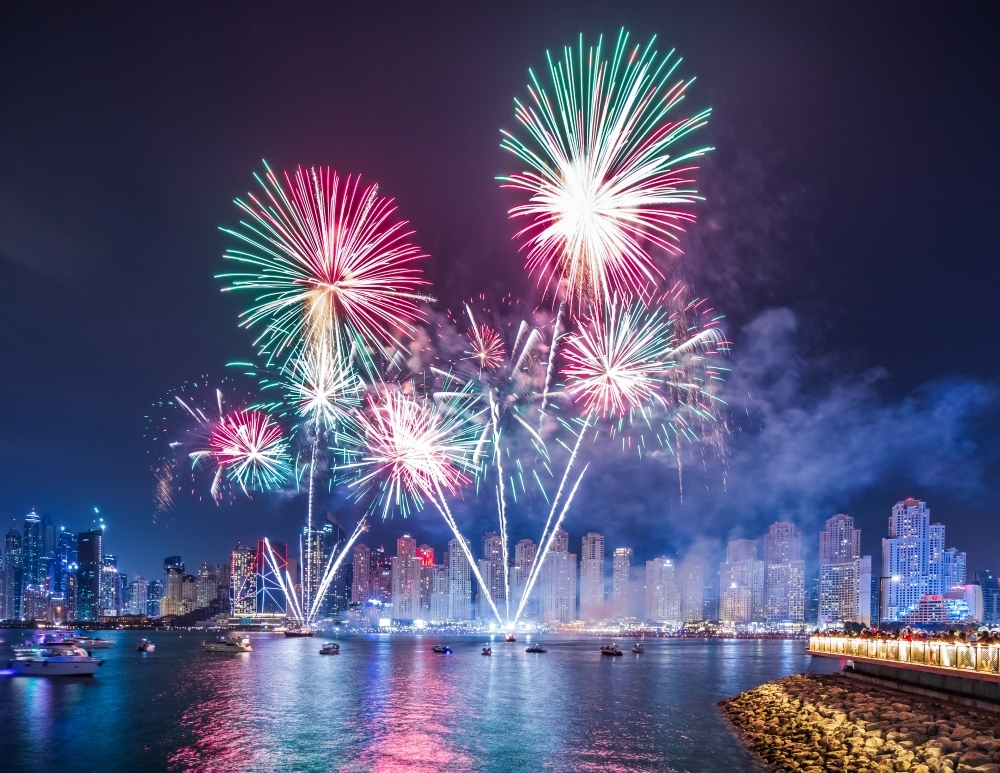The Superyachts of Tomorrow: What Can We Expect?
In the rarefied realm of the world’s ultra-high-net-worth community, few tangible possessions can stand shoulder-to-shoulder with the grace and prestige of a superyacht. With one of the highest concentrations of wealthy individuals, the UAE has become a central player in this industry. The country is home to three of the world’s five biggest private yachts; the largest of which – the 180-metre Azzam – is owned by President Sheikh Mohamed bin Zayed Al Nahyan. Against this backdrop, it is no surprise that Dubai is closely in tune with the latest innovations shaping the future of yachting.
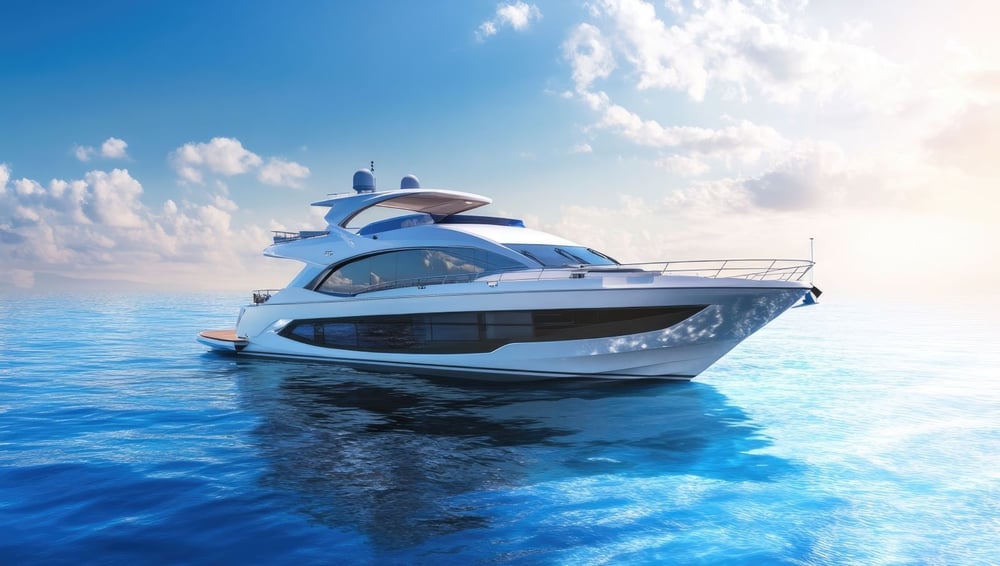
The Superyacht as a Symbol of Success
Yachts have long been seen as a symbol of prestige; a way for the ultra-high-net-worth community to completely relax and detach from the stresses and strains of modern life.
Over the decades, private yachts have grown substantially in both scale and capability – evolving from smaller, more modest 30-metre vessels of the early 1900s to today’s floating palaces, some of which now exceed a monumental 150 metres. Modern superyachts are carefully curated to the exacting personal specifications of owners, and outfitted with some outstanding features such as expansive decks, helicopter pads, and numerous guest suites. Indulgent amenities such as hot tubs, saunas, massage rooms, salons, and state-of-the-art galleys also feature. At the highest tier of sophistication, these vessels can also include cinemas, libraries, bars, and a wealth of luxurious living spaces – all designed to provide a home away from home.
It is of little surprise, then, that these incredible creations have become some of the most coveted symbols of status among the world’s ultra-wealthy, offering not just exquisite travel options, but an incomparable lifestyle on the open oceans.
Sustainable Superyachts
Like many luxury sectors, the superyacht industry is steadily moving towards a greener policy. Sustainability is now at the forefront in the minds of many, and yacht design has shifted to promote innovation and environmental responsibility, among other things. What once might have been defined by extravagance is today leading the way in eco-conscious luxury, catering to owners who expect sophistication but without the destructive processes of the superyachts of the past.
Models such as the 60 Sunreef Power Eco, Silent 60, Azimut Seadeck 6, and Greenline 58 Fly – seen by many as game-changing innovations – provide a clearer idea of the industry’s direction. Solar-powered vessels are becoming increasingly common, demonstrating that yachting doesn’t have to rely on non-renewables.
Hybrid technologies are also shaping policy within the industry. The Azimut Seadeck 6, for instance, combines traditional engines with electric motors to allow multiple hours of silent electric cruising before transitioning to hybrid mode while recharging its batteries. This quiet propulsion system highlights a significant step towards increased sustainability.
Additionally, the Greenline 58 Fly merges advanced engineering with supreme liveability, offering a huge 1,500-nautical-mile range at 7 knots, along with spacious interiors, efficient solar generation, low emissions, and a near-silent ride at sea.
Added technological innovation can be seen in smart energy management systems, lightweight composite construction, high-capacity batteries, and next-generation electric propulsion – all clear signals of the industry’s sustainable evolution. Looking ahead, shipbuilders such as Lürssen are pumping money into green hydrogen technology through strategic collaborations with experts like Freudenberg, powering the development of fuel-cell systems that will become standard in the superyachts of tomorrow.
Submersible Superyachts
Described as the yachting of tomorrow, submersible superyachts are set to shake up the industry in a big way. Among the most ambitious innovators in this particular sector is Austria-based company Migaloo – named after the rare albino humpback whale first spotted off Australia’s east coast in the 1990s. The company is developing a range of submersible vessels designed to offer unparalleled privacy and prestige to sophisticated owners. According to CEO Christian Gumpold, these revolutionary designs are intended to “address the rising and new needs of owners” and could represent the future of this elevated industry for ultra-high-net-worth individuals intent on owning one of these high-performing vehicles.
At the heart of the firm’s vision is the Migaloo M5, a 165-metre prototype submersible superyacht offering a projected range of 15,000 kilometres and the ability to dive to depths of around 250 metres. The model’s extensive features include sonar systems, free-flooding space, a helicopter hangar, a dedicated dock for a smaller explorer submarine, and a pressure hull specifically designed to rid ballast tanks of water for smooth resurfacing.
Migaloo also boasts a collaborative approach to the process, providing services such as supervision and approval throughout the build. This is to ensure that each vessel reflects the personal vision and unique requirements of its future owner.
The UAE’s Influence on the Superyacht Market
With its pivotal role in the global superyacht market, the UAE has established exceptional infrastructure to support owners of these breathtaking vessels. At the heart of this network is the Dubai International Boat Show (DIBS), held each spring in Dubai Harbour. As one of the industry’s leading luxury yacht and lifestyle events, DIBS attracts prestigious shipyards, designers, and brokers from around the world, who have come to showcase the latest breakthroughs and confirm the UAE’s status as a key destination for ultra-high-net-worth individuals seeking bespoke yachts and elevated experiences.
Beyond the sophisticated gatherings, the country offers an extensive network of top-class marinas and docking facilities in both Dubai and Abu Dhabi. Dubai Marina, Yas Marina, and Port Rashid provide seamless berthing opportunities, maintenance, and concierge services, while Dubai Harbour – hosting the largest yacht marina in the MENA region – can house vessels of up to 160 metres.
Convenient registration procedures, a competitive tax environment, freezone benefits, and a wide range of specialised marine services further strengthen the UAE’s position at the forefront of the industry, ensuring that ownership here is as seamless as it is prestigious.
Few symbols say luxury and prestige quite like a superyacht. In the next few years, evolving sustainable values are expected to influence ownership, with many searching for ways in which they can align an elevated lifestyle with greater environmental responsibility. Innovations such as eco-friendly propulsion systems and even submersible designs present a better idea of what the future of yachting may hold, with the UAE positioned at the forefront of this transformation.
